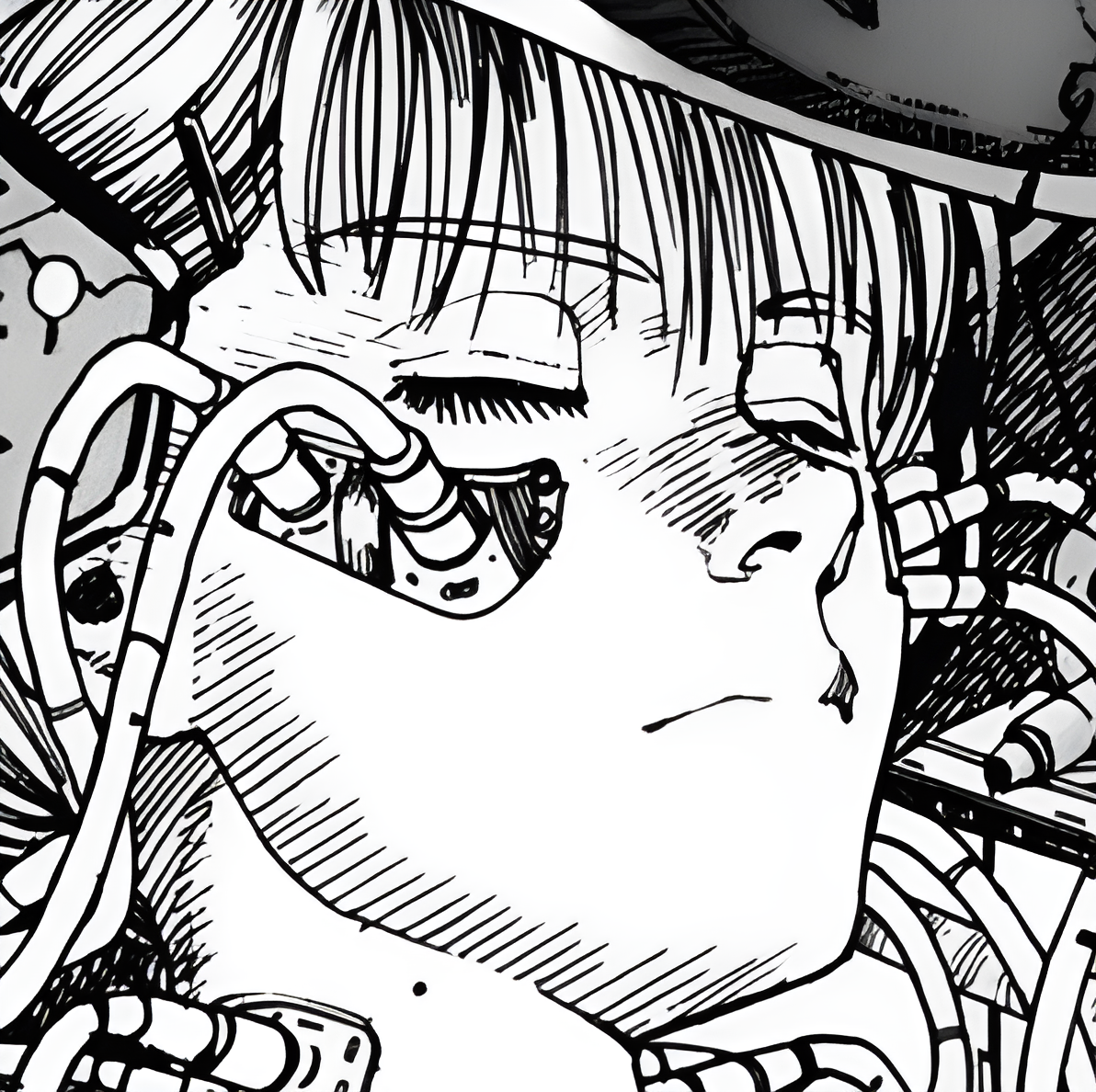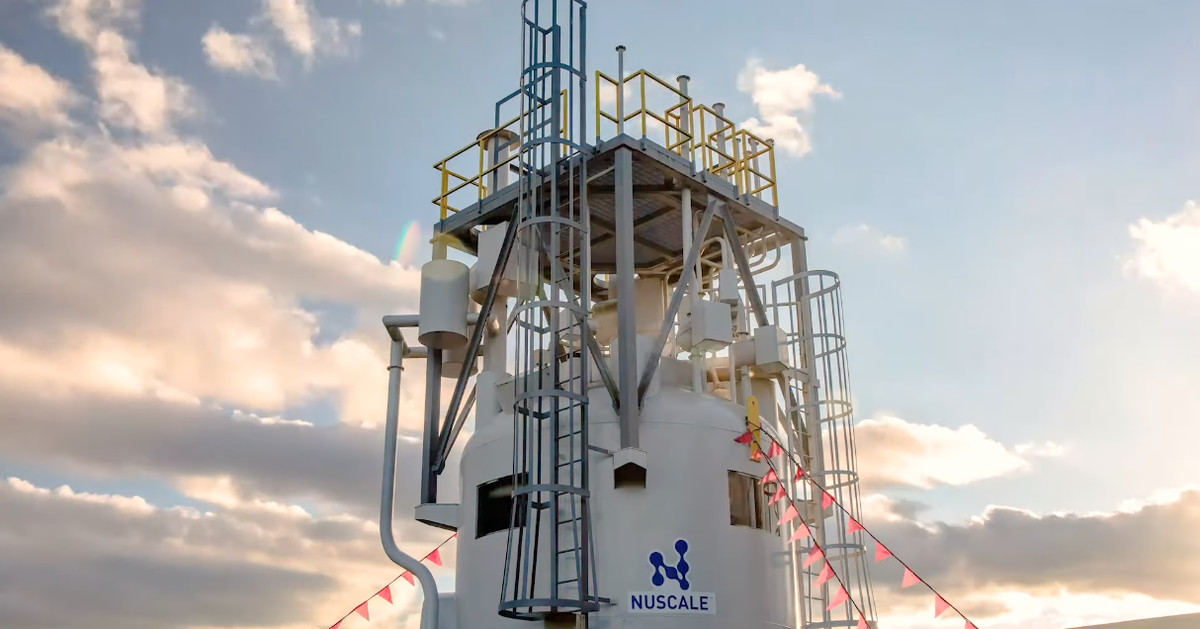
“Cheaper and faster” are concerning adjectives to be using for nuclear reactors… while well-regulated nuclear power is better than a lot of alternatives, trying to drive more and more adoption by lowering the bar seems overly risky.

The point of smaller reactors is that they could be much safer and cheaper to deploy. They’re intended to be entirely self contained.

“Cheaper and faster” are relative. Building a new nuclear reactor in the US is close to impossible right now. Assuming you can get through the permitting process, construction will take over a decade and cost tens of billions of dollars. See the expansion of the Vogtle power plant in Georgia for example. The process does need to be cheaper and faster if nuclear power has any future here.

Anything relying on stable conditions should be carefully implemented, if at all, in the current unstable climate which will only get more unpredictable.

Interesting. I’m curious to see how waste production by SMR compares with Gen2 & PWR commonly in used today. Efficiency and quantity of waste/kWh is an important factor for public acceptance. This seems to be discussed too little, although some company say their reactor design adress this issue.

If all the nuclear waste from U.S. power plants were put on a football field, it would stack up just 50 feet high. In comparison to the waste produced by every other kind of electricity production, that quantity is close to zero.
From this Forbes op-ed.

Waste management is a real issue, it shouldn’t be overblown, nor underestimated. Per energy produced, that’s much less waste than what coal produces. But how safe would it be to stack up all this radioactive material 50 feet high in a football field? Reusing and/or storing this high activity waste safely and for long duration remains challenging.
Public opinion cannot be ignored even if fear of radioactivity is exagerated. Negative public opinion can, and already has, blocked development of nuclear. Developing new reactors to reduce the amount of waste produced may help address many people’s conerns. And regarless of public opinion, producing even less waste is a good thing.

But how safe would it be to stack up all this radioactive material 50 feet high in a football field?
I don’t think anyone’s proposing to actually store it that way.
I think what we Finns are doing with Onkalo is the way to go, at least in geologically stable areas. It’s an underground long term storage facility where they put the waste in specially designed canisters and seal things up with concrete, 500m underground. Depositing the canisters is handled by robots, so humans don’t have to enter the actual facility once it’s in use.
It’s wild to think that it’s designed to last for 100 000 years. There’s actually been lots of interesting studies (in other countries) on how to make sure people in the far future don’t accidentally wander into these storage sites, when you can’t rely on language at all since it’ll change so much as to be totally unrecognizable in such long time spans. Wikipedia has a neat article on this.

Granted, no one is suggesting to literally store all nuclear waste in a single football field. But it’s an interesting thought experiment that can highlight difficulty of nuclear material & high intensity waste storage.
If you put nuclear material together in a small area, a spontaneous chain reaction occurs. The critical mass is around 15-52 kg for pure uranium, equivalent to a sphere of 11-17 cm in diameter. High activity wastes may not be pure uranium, so critical mass is probably higher, but I’m wondering if that’s even possible physically to put all this waste in a football field without seeing a chain reaction. For safe storage, this is usually diluted, cast in glass cylinder, then barrels spread a bit in the storage area. In these safe-ish storage conditions I expect the storage surface/volume to be significantly larger.
Edit: someone did the math/ and computed height of football field worth of waste, with different assumption (dry casks vs used fuel only vs re-usable fuel only). A football field full of the safer dry cask would be 443 feet high (135 meters).
Finns are leaders with this underground storage, it’s said to be much safer than current surface storage. So Finns definetely deserve a kudos for this waste storage project.

For once we’re on the forefront of doing the right thing 😄

Reminds me of the reactors the army was trying to run in pools for portability in the 50s. I grew up near a plant that made uranium rods and didn’t know about it until recently, kind of explains why they couldn’t build housing there and instead built a shopping center


